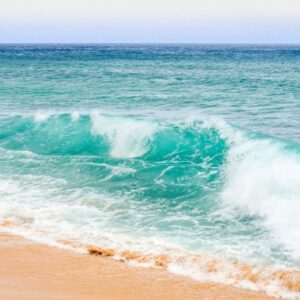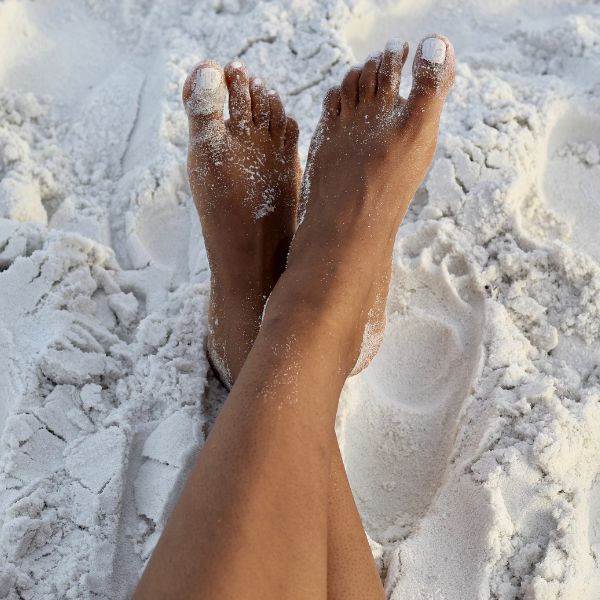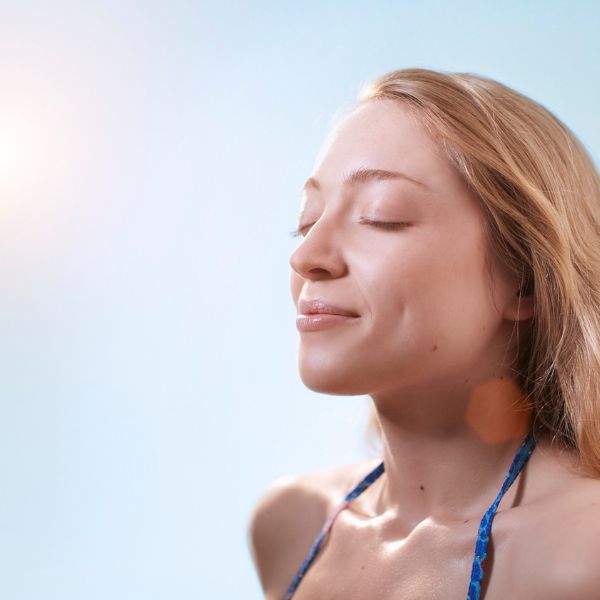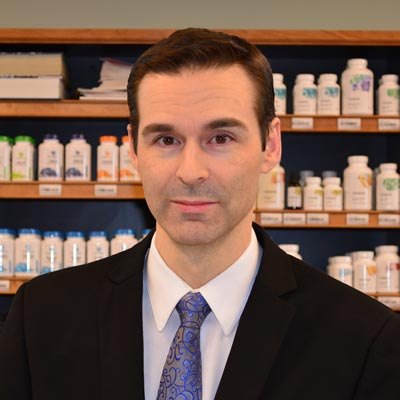A relaxing day at the beach is a classic summer pastime enjoyed by millions of Americans each year. What is it about the combination of sun, surf, and sand that can induce such calming effects? Let’s dip into the physiological impacts of beachgoing. The health benefits are more profound than you may expect.
1. Negative Ions
Even as we approach the shore, we are bombarded by negatively charged particles called ions. These ions are a product of the shearing forces of water at work in the pounding ocean surf. Negative ions have been demonstrated to improve many biomarkers that affect mood and well-being. Ions can bind with and remove particulate matter such as dust, pollen, and other allergens, reducing allergy symptoms.

2. Positive Ions
The electromagnetic influences (cell phones, computers, appliances) that typically surround us emit positive ions which can build up in our body. As your toes sink into the sand, there’s another electrical phenomenon at work. Walking barefoot (also called “grounding”) allows this charge buildup to dissipate into the earth, lowering the oxidizing effects of positive ions.

3. Solar radiation
We’ve been cautioned to stay out of the sun to avoid potential skin-damaging effects. Sadly, this has led people to miss the many health benefits of reasonable exposure. The sun shining on our skin encourages the release of nitric oxide (NO), facilitating blood vessel expansion. Elevated NO is associated with reduced blood pressure and may reduce cardiovascular stress. Amounts vary based on several factors (skin tone, age, health history, location, etc.), but aim for 5-30 minutes of mid-day sun, several times per week.

4. Broad spectrum wavelengths
Natural light contains many wavelengths of electromagnetic spectra. The quality of light that reaches our eyes has regulatory influence through its effects on the pineal gland, a small organ located deep within the brain. The pineal gland is critical to balancing our chemistry and biorhythms, striving for a physiological state known as “homeostasis.”

Listen to Maine Public Radio’s story on Maine beaches at https://www.mainepublic.org/show/maine-calling/2023-07-20/maines-beaches.
References
Jiang SY, Ma A, Ramachandran S. Negative Air Ions and Their Effects on Human Health and Air Quality Improvement. Int J Mol Sci. 2018 Sep 28;19(10):2966. doi: 10.3390/ijms19102966. PMID: 30274196; PMCID: PMC6213340. https://www.ncbi.nlm.nih.gov/pmc/articles/PMC6213340/
Queirós CS, Freitas JP. Sun Exposure: Beyond the Risks. Dermatol Pract Concept. 2019 Oct 31;9(4):249-252. doi: 10.5826/dpc.0904a01. PMID: 31723456; PMCID: PMC6830553. https://www.ncbi.nlm.nih.gov/pmc/articles/PMC6830553/
Booth FM. The human pineal gland: a review of the “third eye” and the effect of light. Aust N Z J Ophthalmol. 1987 Nov;15(4):329-36. doi: 10.1111/j.1442-9071.1987.tb00092.x. PMID: 3435677. https://pubmed.ncbi.nlm.nih.gov/3435677/#:~:text=The%20human%20pineal%20gland%20is,Light%20depresses%20pinealocyte%20activity.



